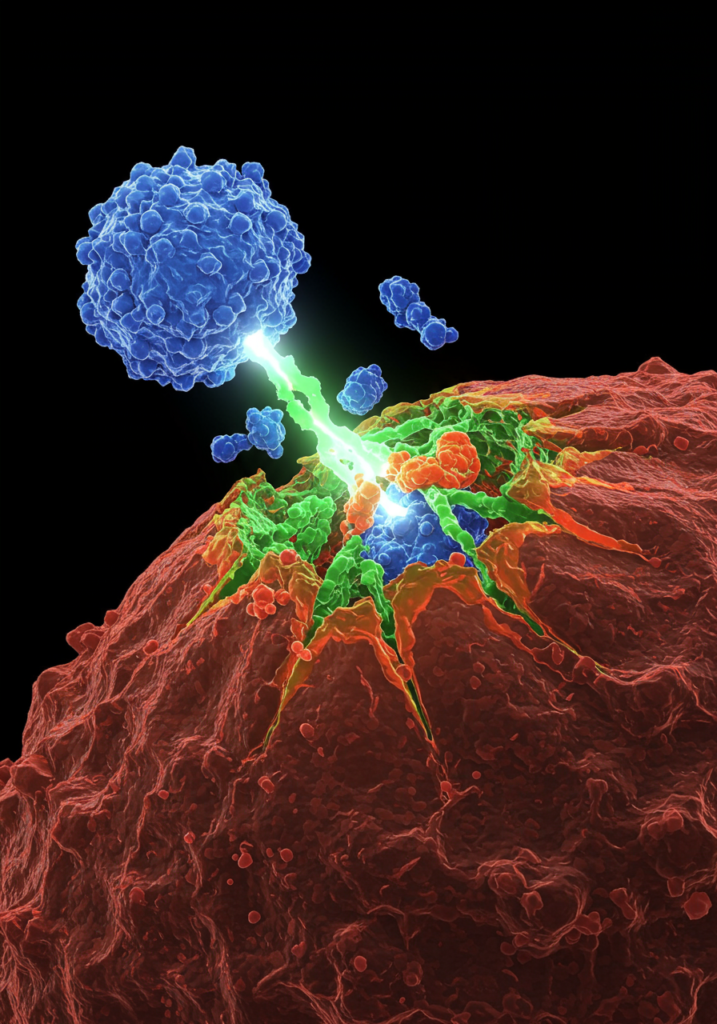Breakthrough Treatment for Alpha-Gal Syndrome (AGS)
If you’ve ever had to avoid red meat or mammalian products due to an allergic reaction hours after consumption, you may be familiar with Alpha-Gal Syndrome (AGS). This tickborne allergy, caused by the carbohydrate galactose-α-1,3-galactose (alpha-gal), has long puzzled researchers. But now, an exciting development in immunotherapy may offer hope for those affected.
What is Alpha-Gal Syndrome?
Alpha-Gal Syndrome is a unique allergy triggered by tick bites. These bites induce the production of Immunoglobulin E (IgE) antibodies targeting alpha-gal, a carbohydrate found in mammalian meat and byproducts. Unlike traditional food allergies that cause immediate reactions, AGS symptoms can range from hives and gastrointestinal discomfort to severe anaphylaxis, and can appear hours after exposure.
The Challenge of Alpha-Gal Syndrome (AGS) Treatment
The primary management strategy for AGS involves strict avoidance of mammalian meats and products. While effective, this lifestyle change comes with social, economic, and dietary challenges. Current treatment options are limited, and oral immunotherapy for AGS has shown mixed results, often accompanied by side effects.
A Game-Changing Treatment: Nanoparticle Immunotherapy
A recent study published in Frontiers in Allergy has unveiled a groundbreaking approach: biodegradable nanoparticles encapsulating alpha-gal glycoprotein. These nanoparticles have shown promise in enhancing immune tolerance to alpha-gal in mice. Here’s why this development is exciting:
1. Prophylactic Power: When administered preventatively, alpha-gal nanoparticles significantly reduced the production of alpha-gal specific IgE antibodies and hypersensitivity reactions. This could potentially stop alpha-gal syndrome before it even starts.
2. Therapeutic Potential: For mice already sensitized to alpha-gal, two doses of the nanoparticles partially reduced allergic responses, including Th2 cytokine production and mast cell activity, key players in allergic reactions.
3. Precision Targeting: The nanoparticles’ design allows for targeted delivery to antigen-presenting cells, reducing the risk of triggering an allergic response during treatment.
How Does It Work?
The nanoparticles mimic apoptotic cellular debris, a natural signal for the immune system to tolerate rather than attack. This mechanism reduces the activity of basophils and mast cells, lowers histamine levels, and promotes the production of regulatory cytokines like IL-10. The result? A reprogrammed immune response that is less reactive to alpha-gal.

What’s Next for Alpha-Gal Syndrome (AGS) Treatment?
While this research represents a significant step forward, further studies are needed to:
• Determine the long-term efficacy of alpha-gal nanoparticles.
• Explore their impact on human immune systems.
• Investigate additional dosing regimens to maximize therapeutic benefits.
Why This Matters
Alpha-Gal Syndrome (AGS) is a growing global health concern, with increasing cases reported worldwide. This nanoparticle-based immunotherapy not only holds the potential to improve the quality of life for AGS patients but also sets the stage for innovative treatments for other carbohydrate-based allergies.
Final Thoughts
Imagine a world where tick bites no longer lead to lifelong dietary restrictions. Thanks to advancements in immunotherapy, that vision may soon become a reality. As researchers delve deeper into this promising approach, the future looks bright for AGS sufferers, and for the field of allergy treatment as a whole.
Stay tuned to our blog for the latest updates on wellness breakthroughs and how science is reshaping lives.
For more information on this study click here









